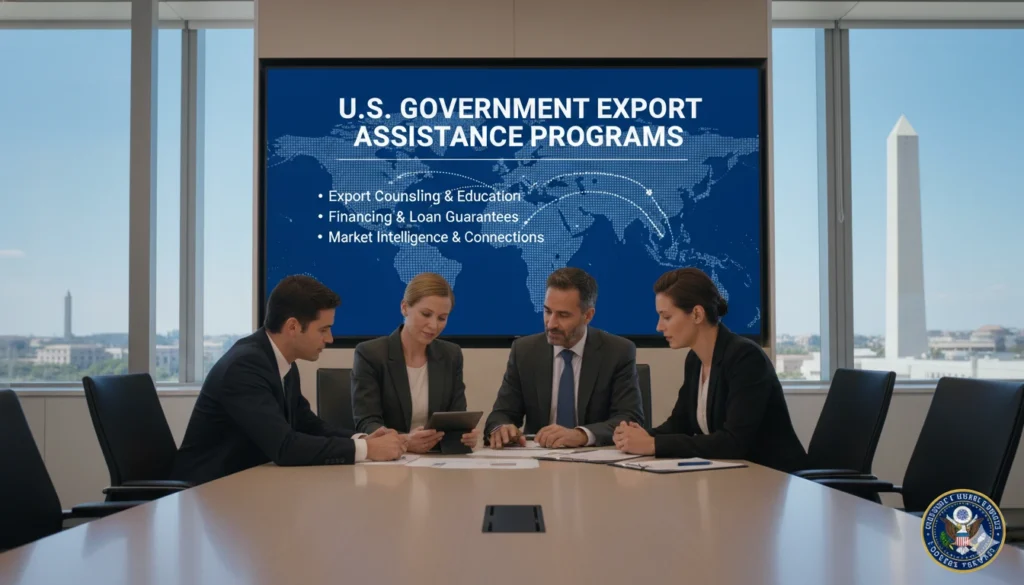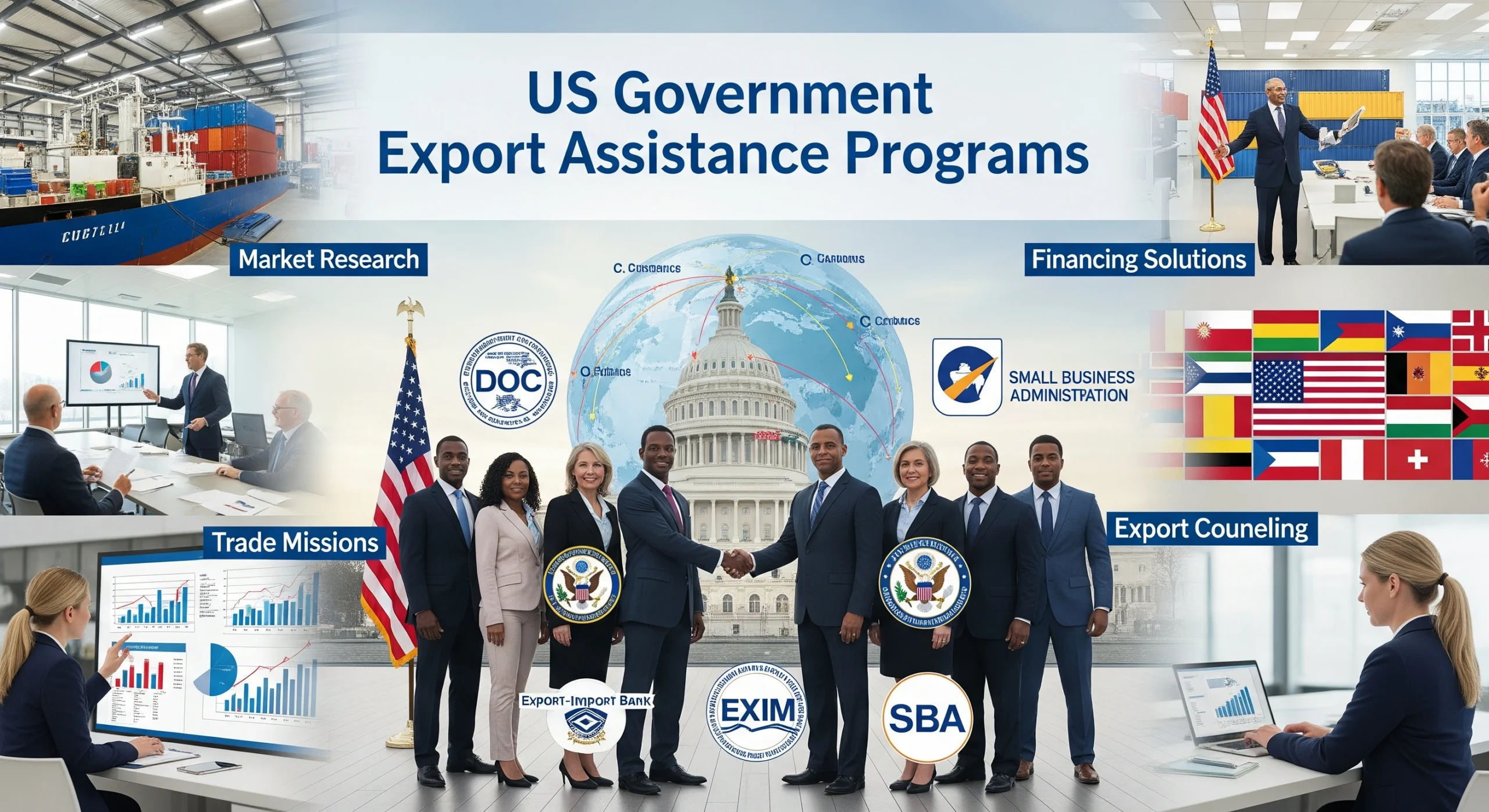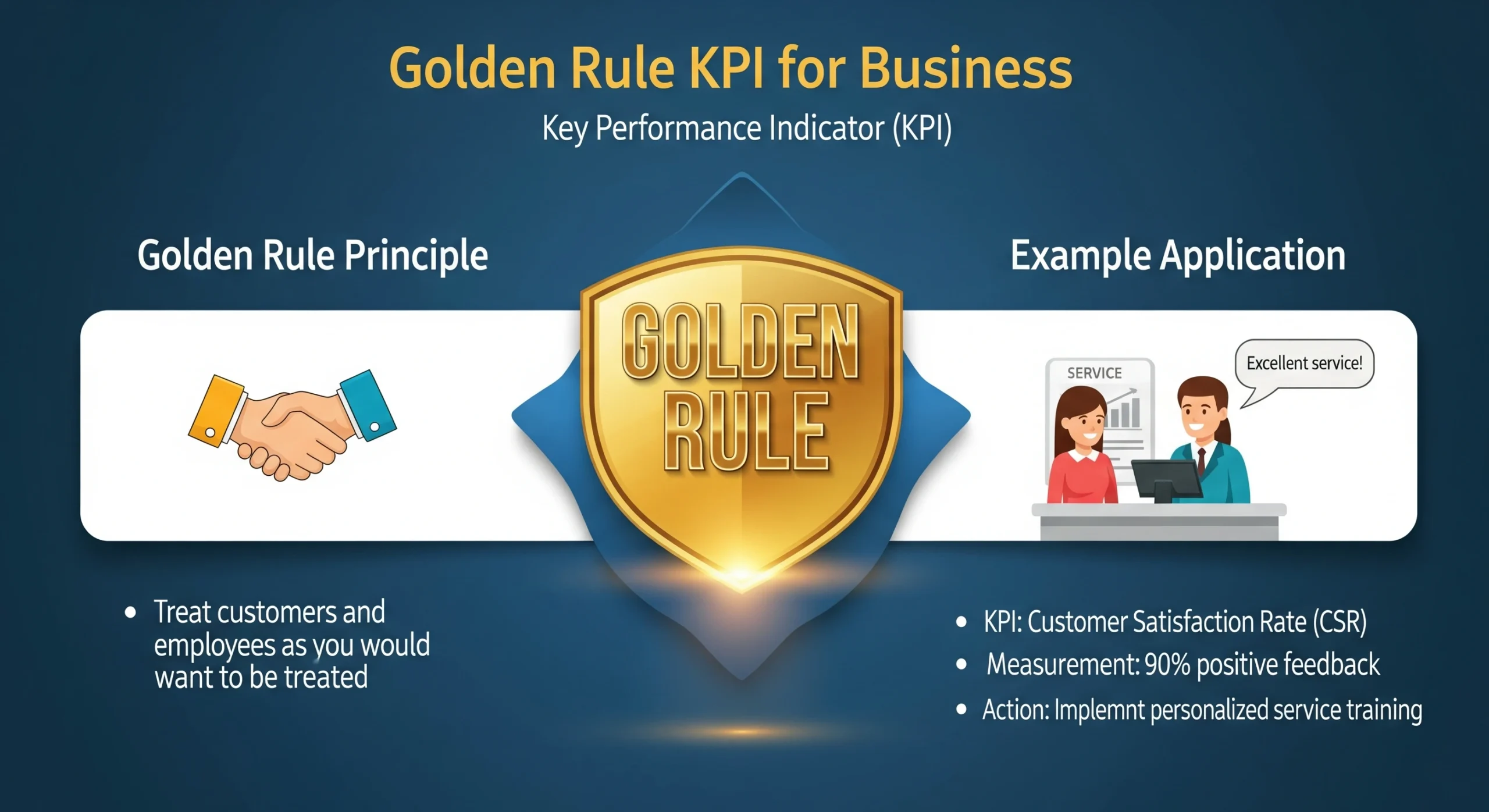The U.S. government supports exporters through a variety of programs designed to help businesses compete globally, reduce financial risks, and expand market access.Programs like the SBA’s Export Working Capital Program, State Trade Expansion Program (STEP), and EXIM financing are especially beneficial for small and medium-sized businesses.
US Government Export Assistance Programs
These US Government Export Assistance, administered by agencies such as the Small Business Administration (SBA), Export-Import Bank (EXIM), and International Trade Administration (ITA), offer grants, low-interest loans, guarantees, insurance, and expert counseling. While not always direct subsidies due to WTO restrictions, they effectively reduce the cost and risk of exporting.

Export support programs are considered vital for promoting U.S. industries, boosting economic growth, and creating jobs—particularly in agricultural and specialty product sectors.
Why Export Support Is Essential
Export assistance and subsidies play a crucial role in helping U.S. businesses compete and grow in the global marketplace, where over 95% of consumers live outside the United States.
These programs offset high upfront costs, financing risks, and regulatory barriers—challenges that often prevent small and medium-sized businesses (SMBs) from entering international markets.
By reducing financial risks and improving access to foreign buyers, export support strengthens global competitiveness and encourages innovation through exposure to diverse market demands.
It also helps stabilize revenue by reducing reliance on domestic sales and mitigating seasonal fluctuations.
On a national level, stronger exports contribute to economic growth, job creation, and greater resilience during economic downturns. Exporters tend to grow faster, earn higher revenues, and employ more workers than non-exporters.
Through government-backed programs, U.S. businesses can better leverage opportunities in free trade agreements, e-commerce, and emerging markets—ultimately enhancing America’s global economic position.
Major U.S. Government Export Support Programs
The U.S. government offers a range of programs—both financial and advisory—to help businesses expand internationally, reduce risk, and increase competitiveness. These programs are administered by agencies such as the Small Business Administration (SBA), Export-Import Bank (EXIM), International Trade Administration (ITA), and the U.S. Department of Agriculture’s Foreign Agricultural Service (FAS).
| Program | Administering Agency | What It Offers | Funding Type | Eligibility / Focus |
|---|---|---|---|---|
| Export-Import Bank Financing (EXIM) | EXIM Bank | Loans, guarantees (up to 90% coverage), and export credit insurance to protect against buyer default and support working capital. | Loan / Insurance | U.S.-based exporters; at least 50% U.S. content; buyer must be creditworthy. |
| SBA Export Working Capital Program (EWCP) | Small Business Administration | Guarantees up to 90% of loans (up to $5M) for pre-export production, inventory, and receivables. | Loan Guarantee | U.S. small and medium-sized businesses (SMBs) with demonstrated export potential. |
| State Trade Expansion Program (STEP) | Small Business Administration (via states) | Grants (often up to $25,000 per business) for export promotion, trade shows, website localization, and foreign marketing. | Grant | U.S. SMBs; applications processed through state governments. |
| U.S. Commercial Service Counseling | International Trade Administration (Dept. of Commerce) | Market research, buyer matchmaking, trade missions, and export advisory services through domestic and international offices. | Advisory Support | All U.S. exporters; no direct funding. |
| Market Access Program (MAP) | USDA Foreign Agricultural Service (FAS) | Cost-share assistance for marketing U.S. agricultural products abroad. | Grant | Agricultural exporters, cooperatives, and trade associations. |
| Foreign Market Development Program (FMD) | USDA FAS | Long-term market development and trade servicing for U.S. farm and food products. | Grant | Agricultural trade organizations and cooperatives. |
| Technical Assistance for Specialty Crops (TASC) | USDA FAS | Funding to address technical barriers and foreign regulations affecting specialty crop exports. | Grant | Producers and trade groups in specialty crop sectors. |
| Quality Samples Program (QSP) | USDA FAS | Provides funding for distributing small samples of U.S. agricultural products to potential foreign buyers. | Grant | Agricultural organizations seeking to demonstrate product quality. |
| Emerging Markets Program (EMP) | USDA FAS | Supports market development and trade capacity building in emerging economies. | Grant | U.S. agricultural groups, cooperatives, and state agencies. |
| U.S. Trade and Development Agency (USTDA) | USTDA | Funds feasibility studies, pilot projects, and technical assistance in emerging markets. | Grant | U.S. companies pursuing overseas infrastructure or technology projects. |
How to Apply for U.S. Export Support and Subsidy Programs
Leverage Ongoing Support
After approval, use free export counseling and follow-up services from the ITA and SBA to expand into new markets and manage export risks effectively.
Assess Export Readiness
Begin by evaluating your business’s export potential using free tools such as the SBA’s Export Readiness Assessment or the ITA’s Export Solutions Tool. These help identify suitable programs and financing options.
Get Expert Guidance
Contact your nearest U.S. Export Assistance Center (USEAC) or Small Business Development Center (SBDC) for one-on-one support. You can also reach the SBA International Trade Hotline (855-722-4877) or consult advisors through Trade.gov for personalized assistance.
Select the Right Program
For grants (e.g., State Trade Expansion Program [STEP], Market Access Program [MAP], or other USDA FAS programs): Apply through your state trade office or directly on the USDA FAS website.
For financing and guarantees (e.g., EXIM Bank, SBA Export Working Capital Program): Apply through SBA-approved lenders or directly via EXIM.gov.
For counseling and advisory support: Register with the International Trade Administration (ITA) for ongoing export guidance and market research.
Prepare Your Application
Gather the required documents, which typically include a business plan, financial statements, export strategy, and buyer or market information. Follow each program’s specific guidelines and deadlines (for example, USDA FAS program deadlines often fall mid-year).
Submit and Track Your Application
Applications are usually submitted online through agency portals or via approved lenders. Processing times range from 1–3 months for grants and 30–90 days for financing.
Grants (e.g., STEP) are often reimbursed after approved activities.
Loans/guarantees (e.g., SBA or EXIM) are disbursed through partner banks once approved.
Documents Required for U.S. Export Subsidy and Assistance Programs
While specific requirements vary by agency and program, most export subsidy or financing applications require a combination of business, financial, and transaction-related documentation. Preparing complete, accurate records in advance helps avoid processing delays and ensures compliance.
1. General Business and Legal Documents
- Business registration and incorporation documents (e.g., Articles of Incorporation, business license)
- Employer Identification Number (EIN) and proof of U.S. ownership or U.S. content
- Power of attorney (if using a third-party export agent or consultant)
- Corporate ownership structure and contact information for key officers
2. Financial Documentation
- Recent financial statements (balance sheet, income statement, cash flow statement – typically last 2–3 years)
- Business tax returns (usually past two years)
- Bank references or proof of financial capacity
- Personal financial statements for key owners (required for SBA loan programs)
- Collateral documentation if assets are pledged for loan guarantees
3. Export and Transaction Documents
- Export sales contract, purchase order, or letter of credit with the foreign buyer
- End-user statement detailing product destination and intended use
- Product specifications or technical documentation
- Foreign consignee details and registrations
- Transportation and logistics plan for exported goods
- History of prior export licenses (if applicable)
4. Program-Specific Forms
- SBA Export Working Capital Program (EWCP): SBA Form 1919, SBA Form 413, loan agreement, and export line of credit details
- EXIM Bank Programs: Application form (e.g., EIB 92-66), U.S. content certification, buyer credit memo, and environmental impact statement (for large projects)
- STEP Grants: Export activity proposal, budget, business profile, and proof of expenses after completion
- USDA FAS Programs: Program-specific online application, supporting documents, and project description
5. Supporting Information
- Business plan and export strategy (target markets, growth goals, risk management)
- Letter of explanation describing export rationale and expected outcomes
- Credit reports for the company and principal owners
Tips for a Smooth Process
Maintain organized records to stay compliant and facilitate future applications.
Ensure all documents are digitized (PDF format) before submission.
Double-check requirements on agency websites (SBA.gov, EXIM.gov, USDA.gov/FAS, or Trade.gov).
Incomplete applications can delay approval by 30 days or more—consult an SBA-approved lender or export specialist for guidance.





Leave a Reply